In parts 1 and 2 of Motivating Learners, we highlighted common root causes leading to lackadaisical learning and chewed on specific constructs for handling sticky student demotivators. Today, we ask, “How can stakeholder support systems buoy each other and enhance learner motivation?”

Crafting and implementing a motivation menu of meaningful rewards sandwiched between learning modules can be highly effective if you have studied your learners and know what makes them light up.

But here’s the kicker.

Spurring motivation is not a one-and-done proposition.
Just when you think you have discovered what works for a student, he will grow and change, and his magic spark activities will likely change, too.

Sigh.
Why don’t these learners just slow down and stay in one place for a moment?
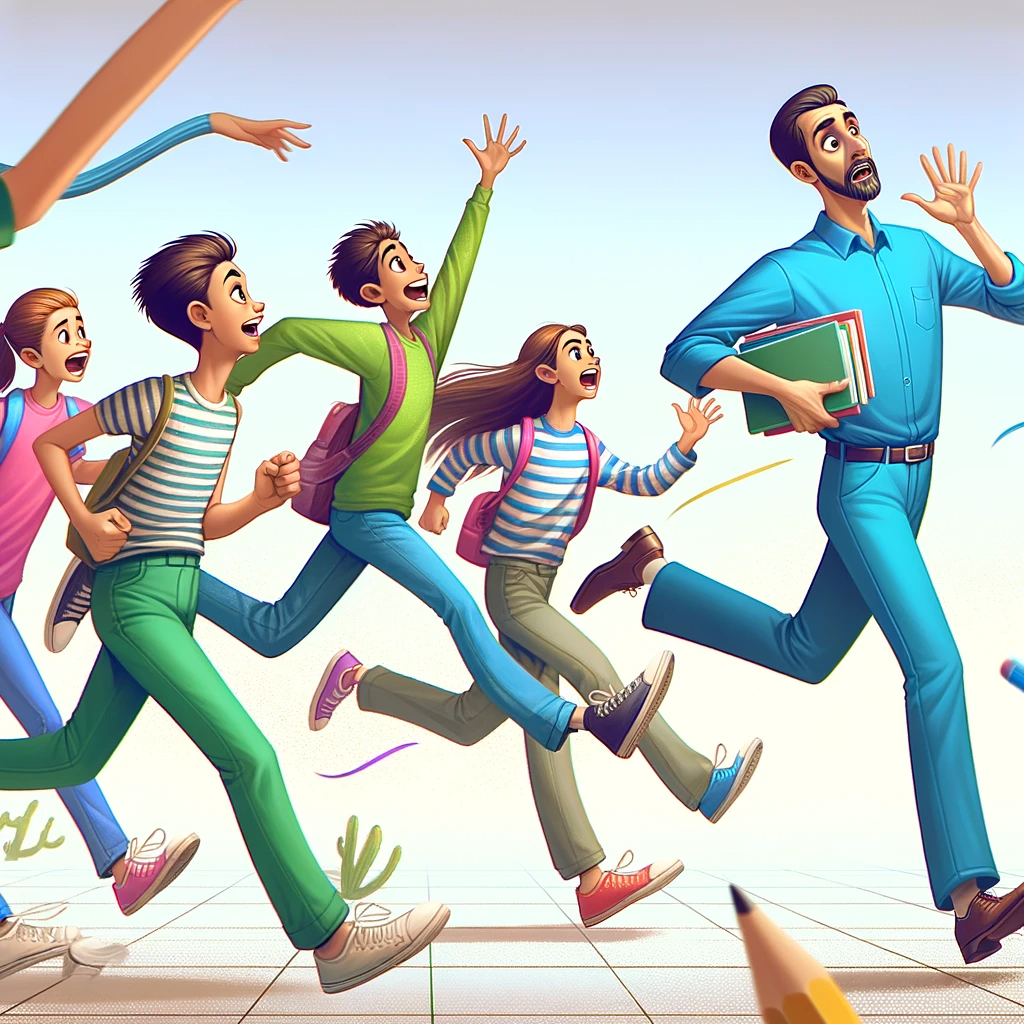
Because they are learners. And so…they learn.
learn
/lərn/
Verb
"gain or acquire knowledge of or skill in (something) by study, experience, or being taught." (Oxford Languages)
Learning is the process of change and growth through gained or acquired knowledge. By definition, it is a dynamic activity, not a static one.
When you perceive the sometimes maddening and seemingly continual need for micro- or macro-teaching adjustments, take heart! That means students are indeed learning. Small comfort when you feel like tearing your hair out, but…there you have it.

Learner-Support Linkages through Collaborative Cooperation
Even if you have studied your learner and discovered what makes her tick, you are not a mind reader.

Keeping up with students’ changing magic sparks can seem like a fulltime job. Build a micro-community of support with other adults familiar with your students. Form bonds with those individuals by asking them questions. A lot of questions.
Enlist the help of learners’ parents and families in identifying changing interests or circumstances that could encourage – or discourage – students’ motivation. Parents are often the best ones to ask when trying to keep up with current challenges, as well as magic spark activities!

Tap into the brainpower of your students’ teacher team. Her Spanish teacher may notice that your learner lights up when tutoring young children. His math tutor may see your student’s face shine with excitement when he figures out a challenging formula. Her Language Arts instructor may shed light on why your student suddenly lost her writing mojo.
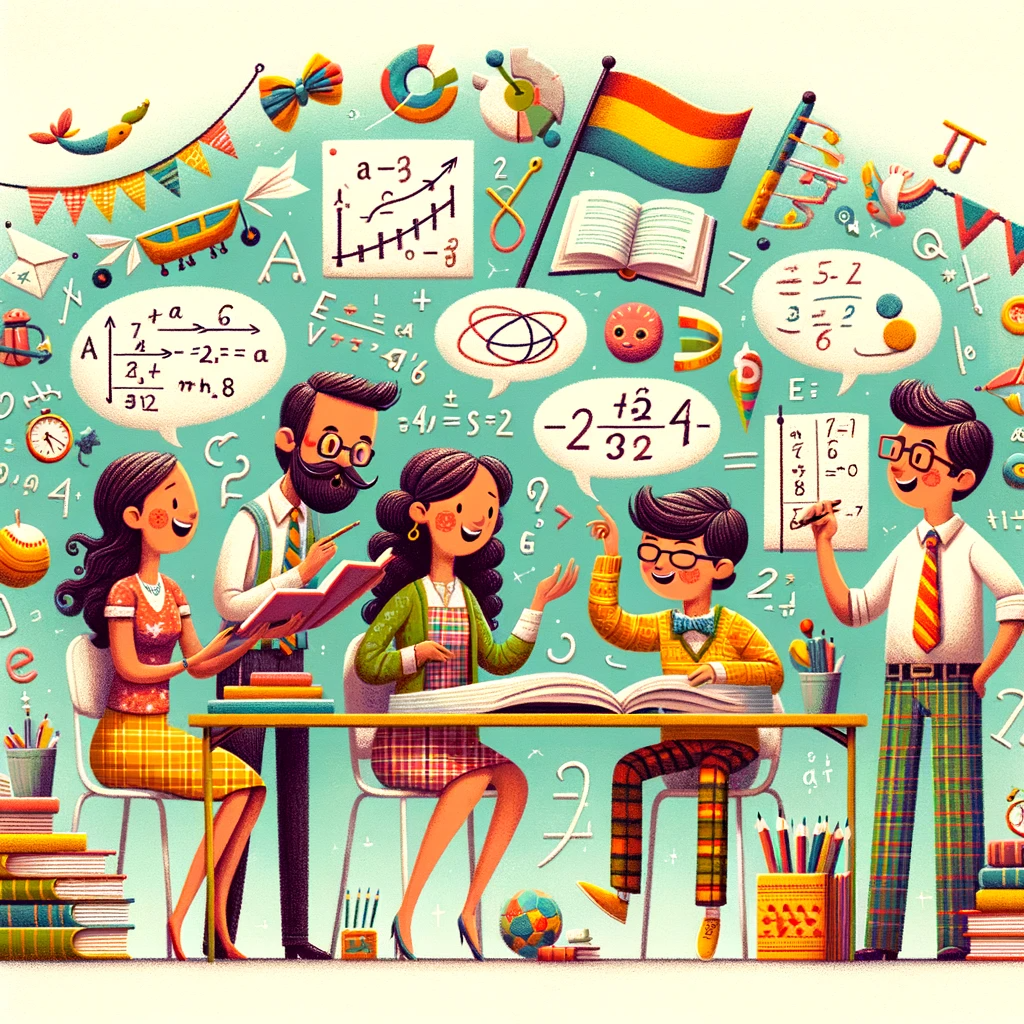
Go right to the source. Ask your student about her current learning challenges and why her science grade is slipping. Solicit ideas on both the academic difficulties she perceives, as well as potential solutions.
Teacher Tip: Bonds of trust and maturity need to exist in order for this process to be fruitful. Be age-appropriate. Talking with a six-year-old student about why she doesn’t want to do math is an entirely different conversation than proactively dialoguing with a teenager about his Language Arts struggles.
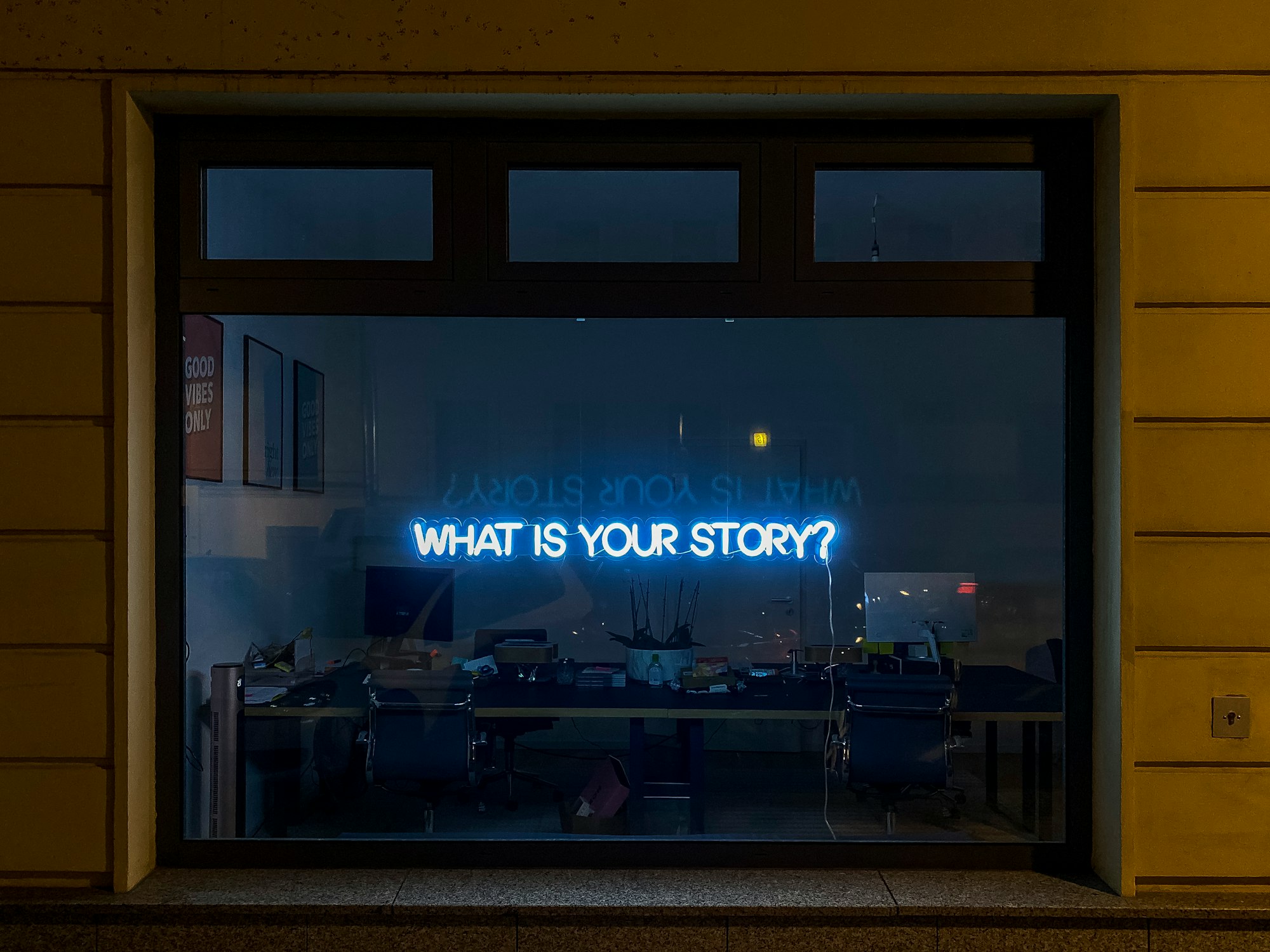
Keeping up with learners’ changing needs can be both exhausting and thrilling. Stay ahead of the game by regularly soliciting the knowledge, experience and genuine expertise of your influence circle. Bolster the holistic growth and development of your learners by strategizing novel learning engagement ideas with your students’ extended support systems. You don’t have to figure it all out in a vacuum.
Not only is learning the process of change and growth. It is an ongoing partnership between a student, her educators and her family.
Together, we think better.
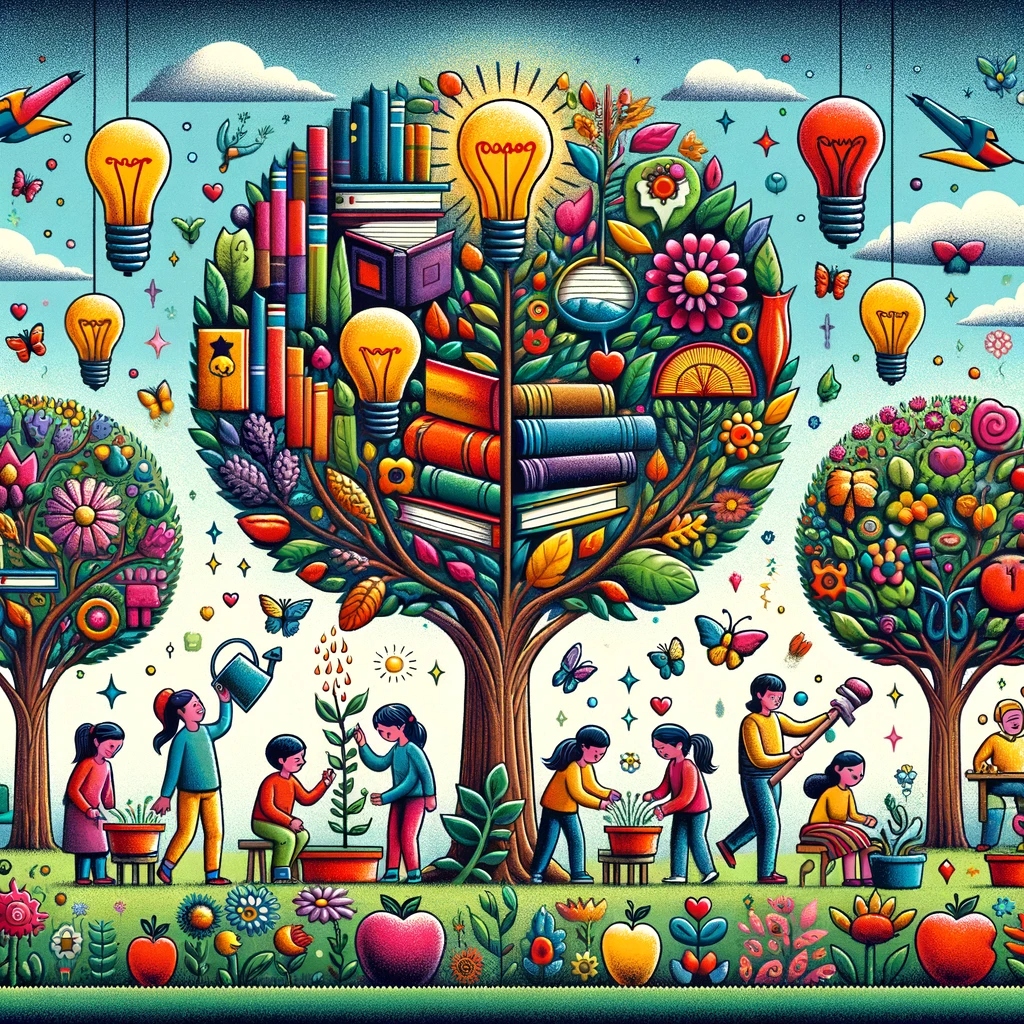
Map Your Microschool Success: Step into the world of microschooling to learn how to navigate, manage, and build a community learning space that’s defined by heart and purpose.








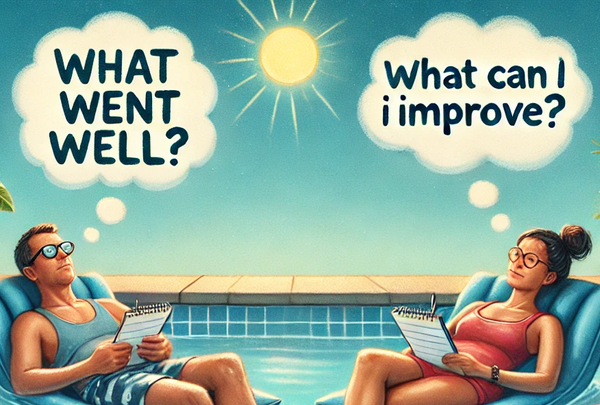

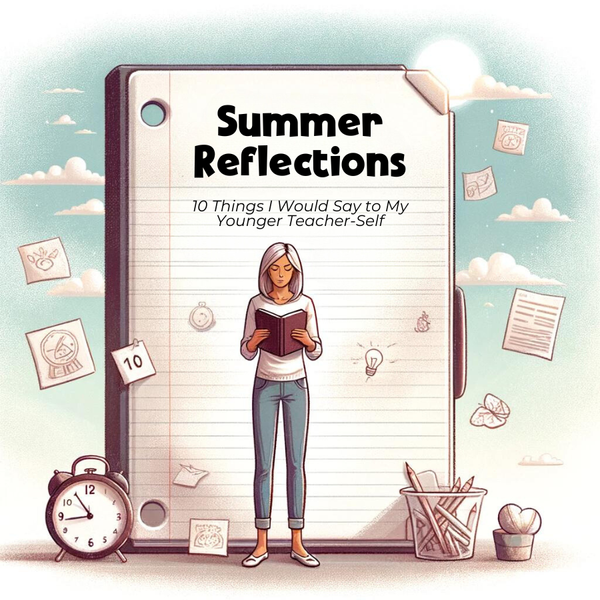
Member discussion